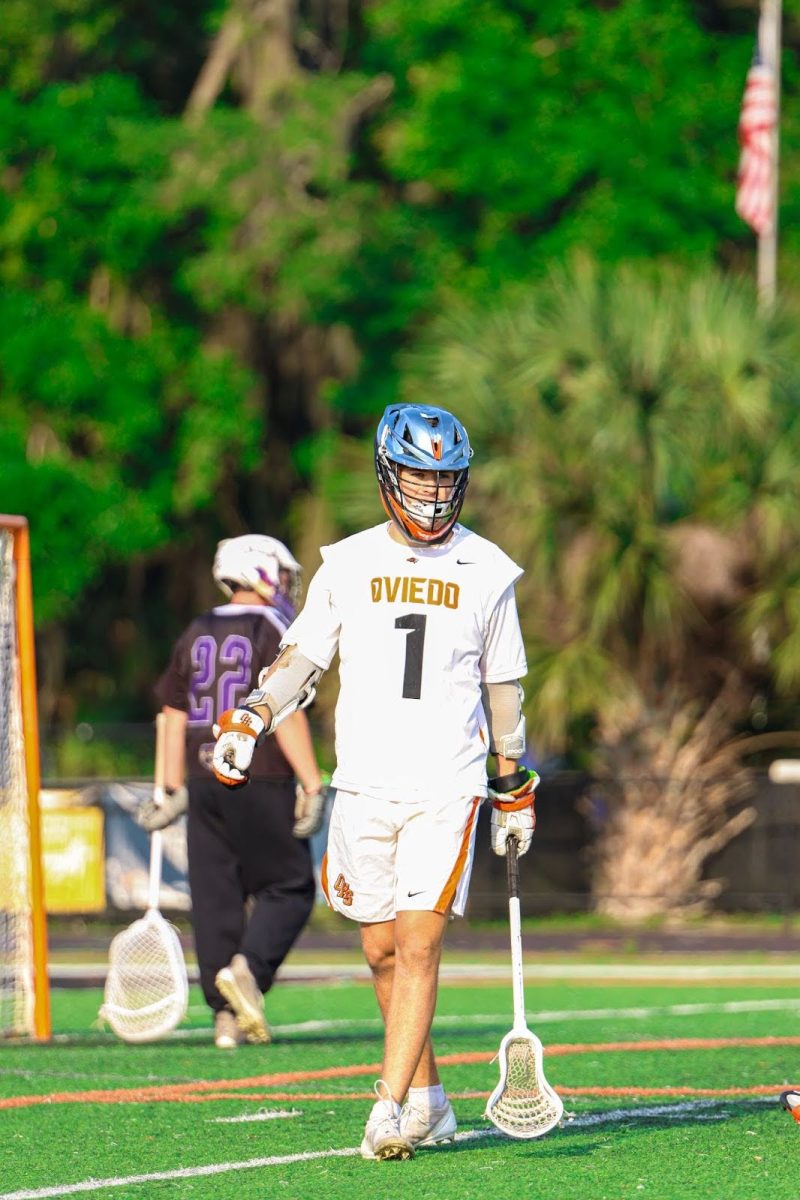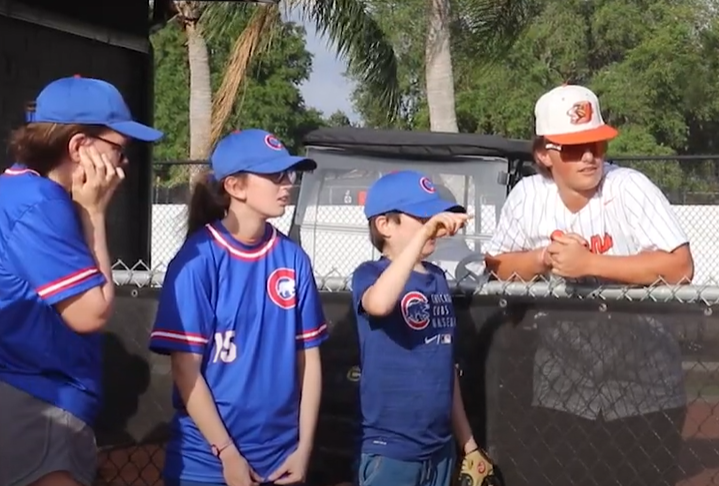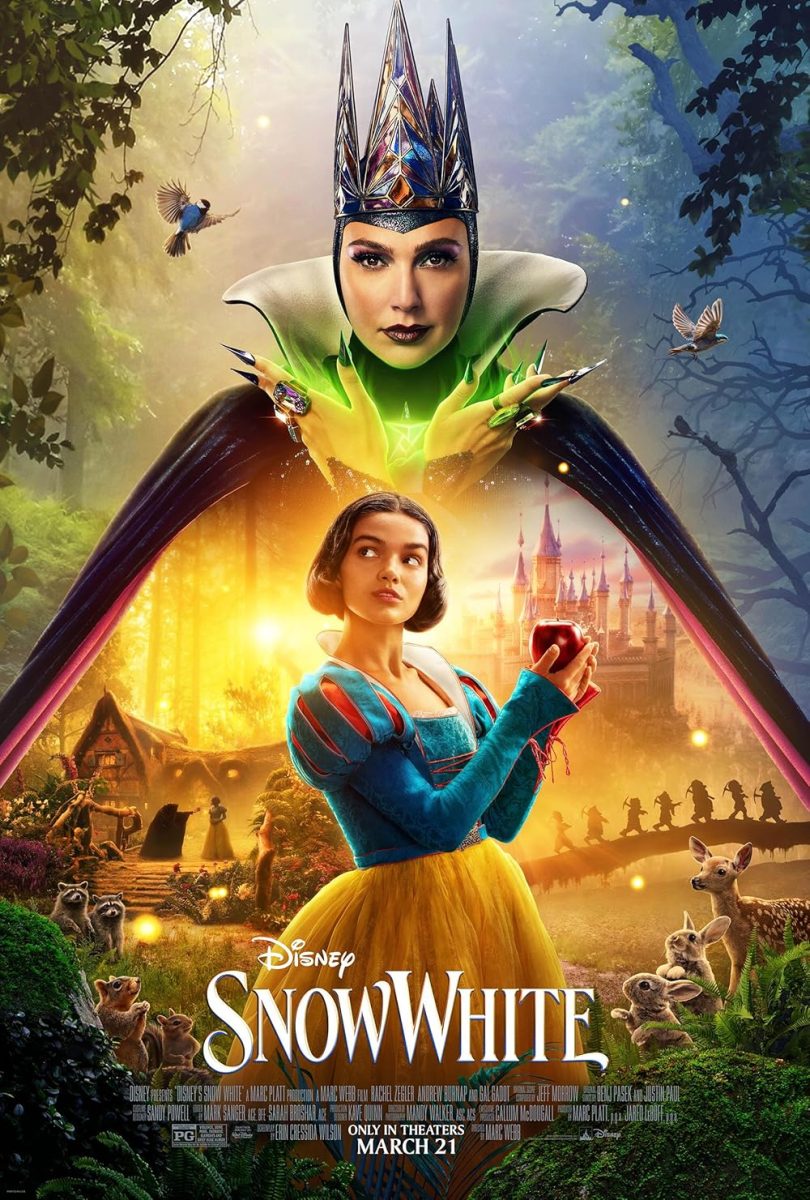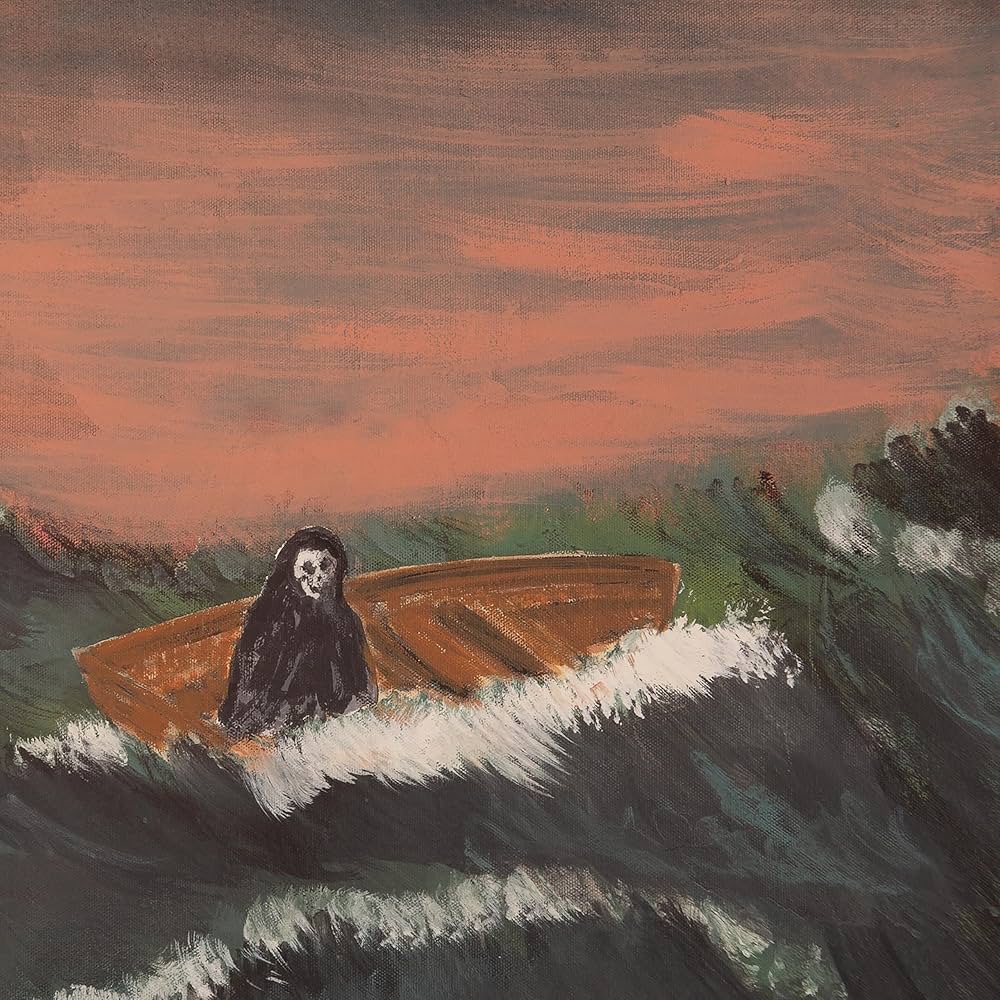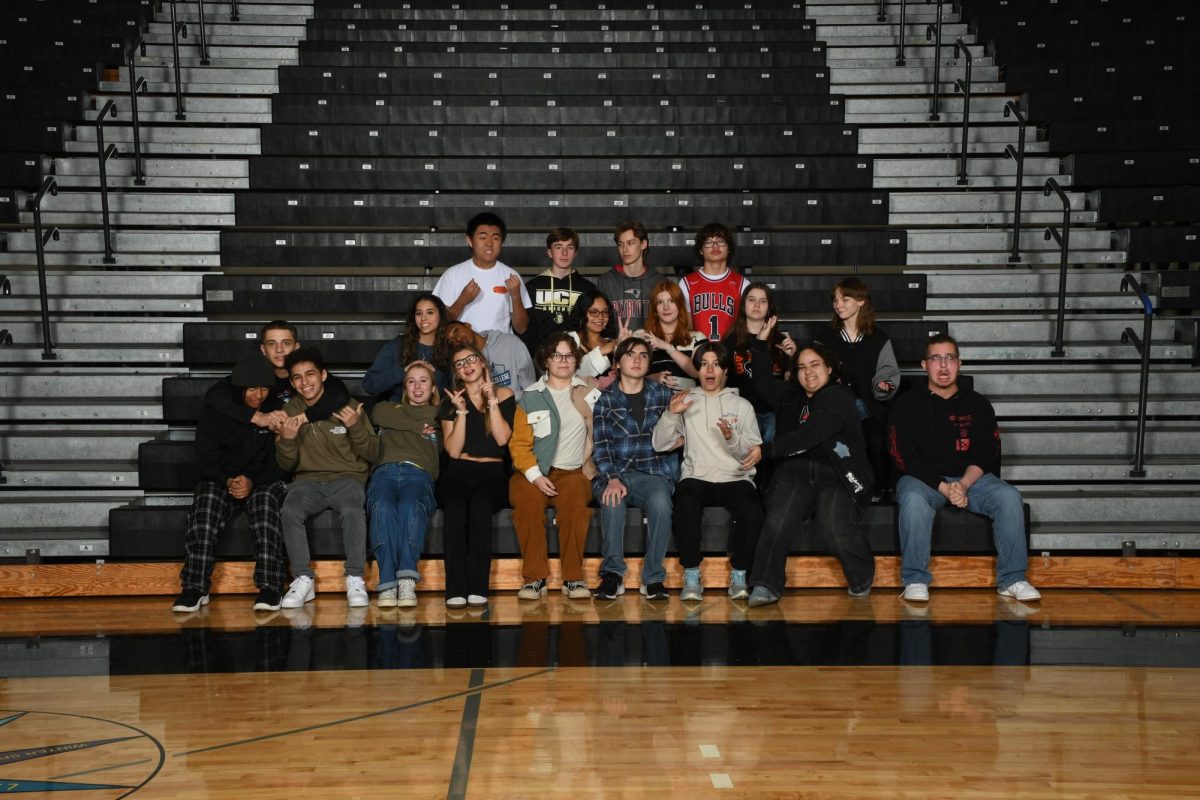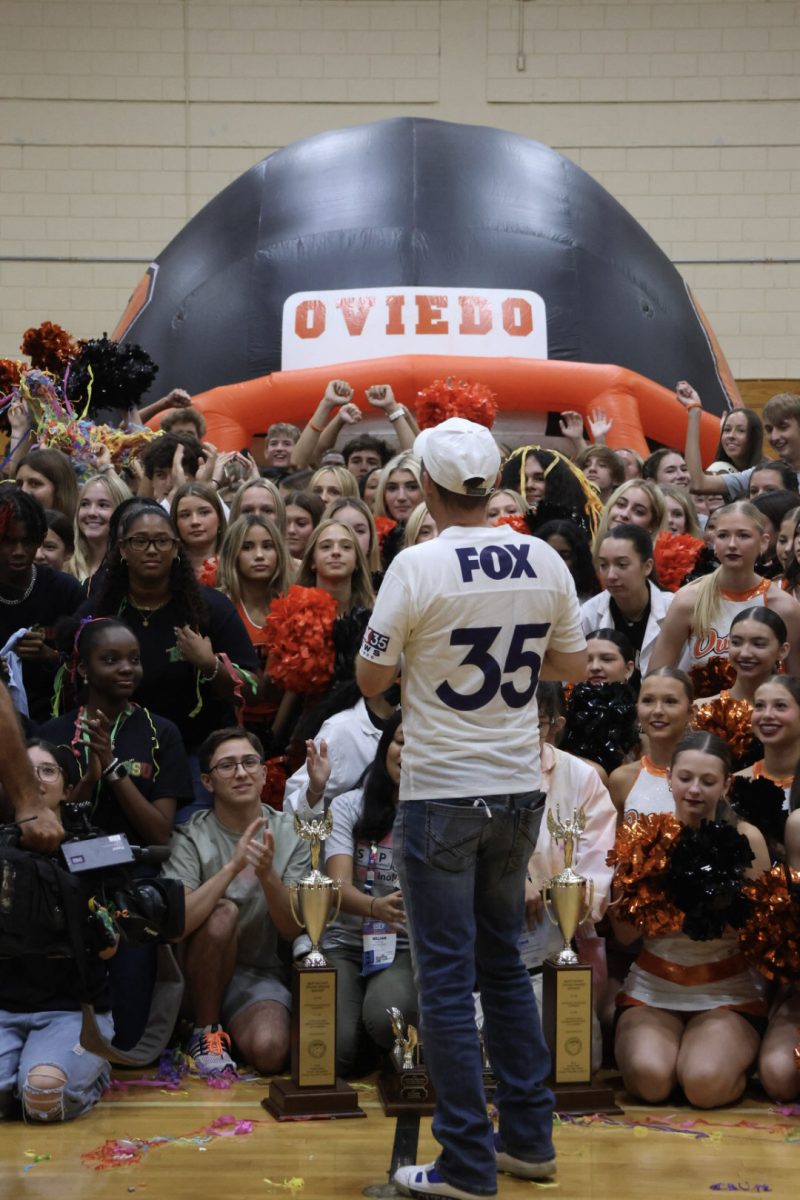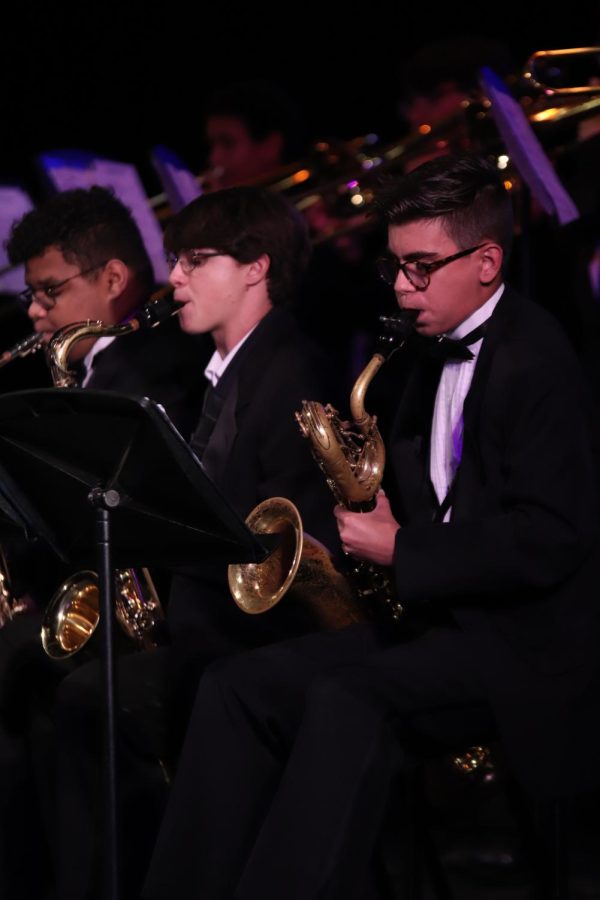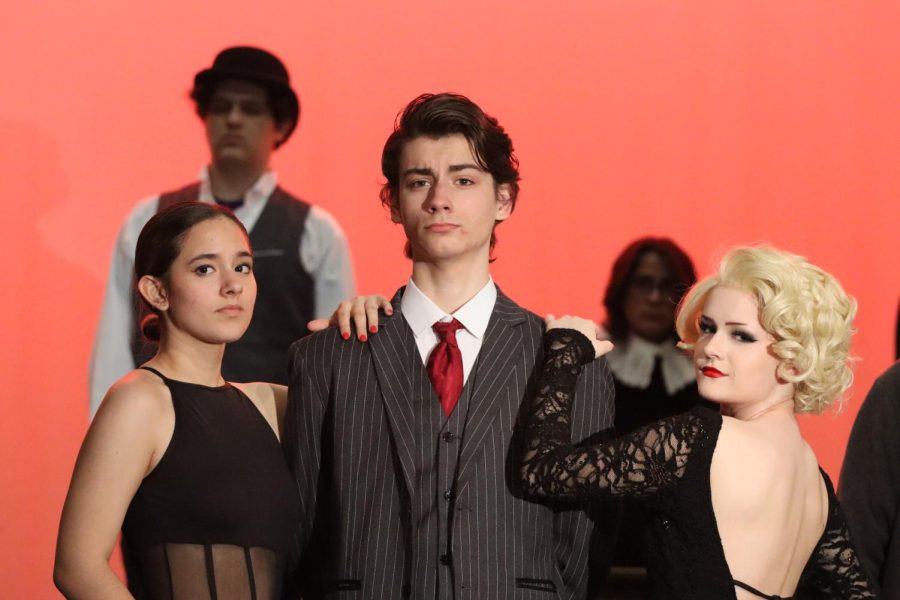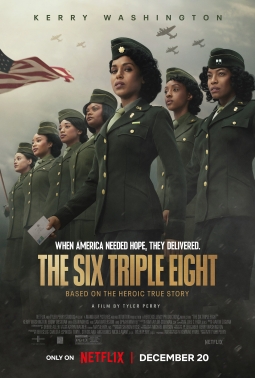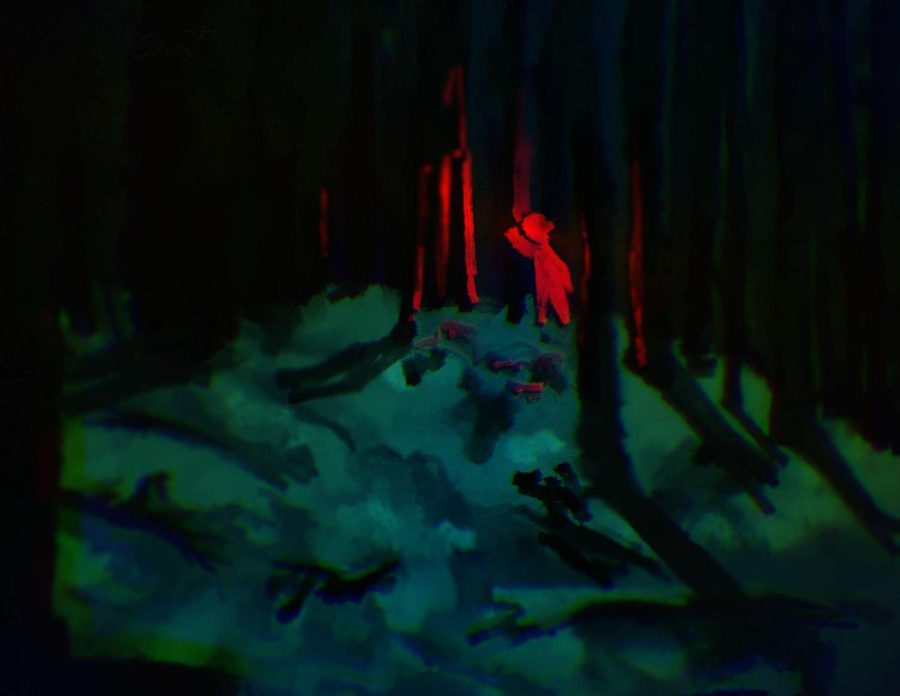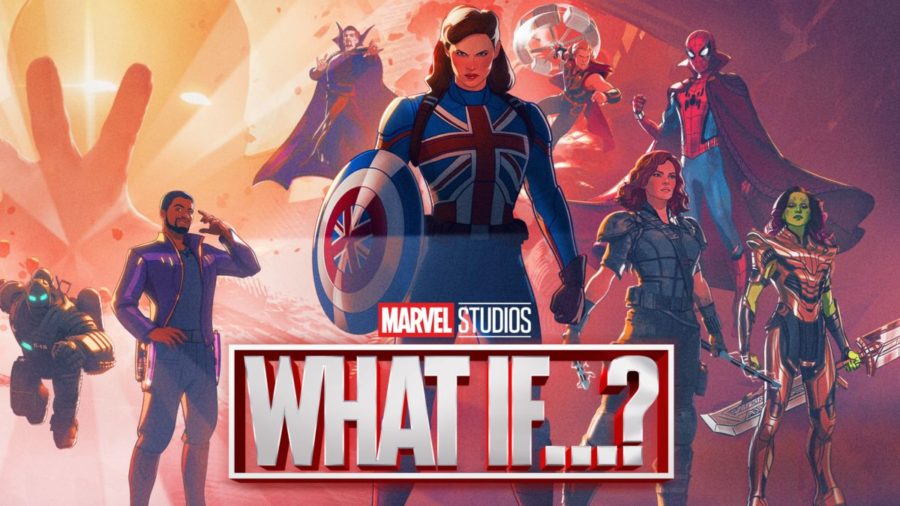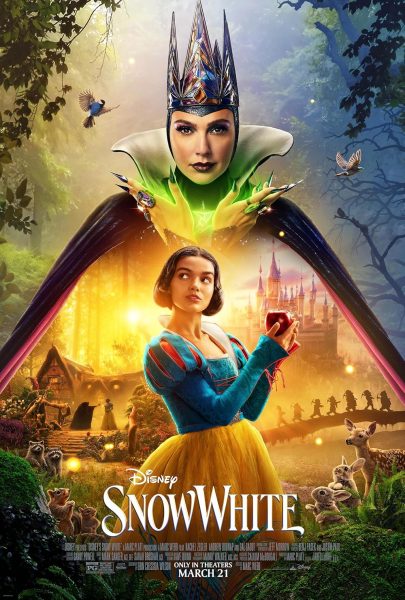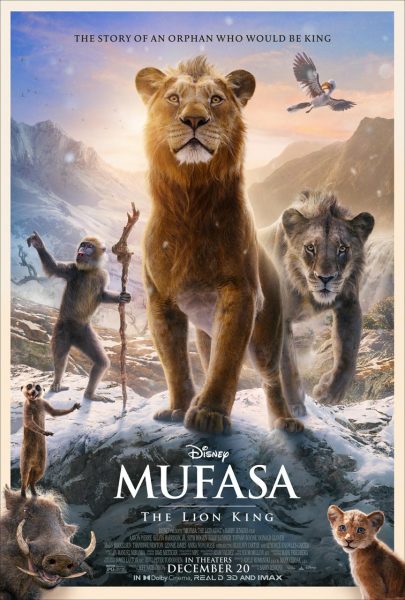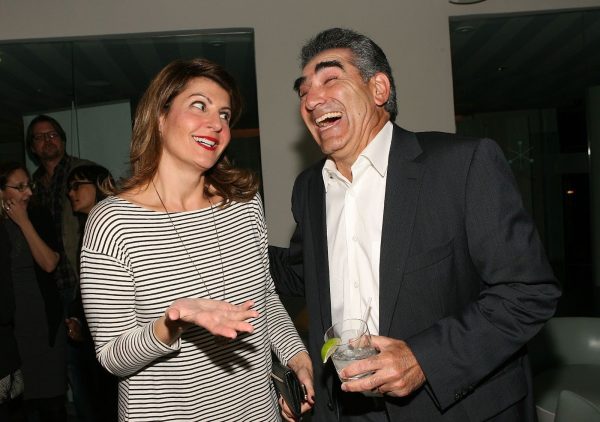Marvel’s ‘What If’ gives a glimpse into a multiverse of possibilities
WEB EXCLUSIVE
This article contains spoilers for Marvel Studios’ “What If”
If there are two complaints always hurled toward the screen whenever a new film for the MCU is released, it’s that 1. Marvel Studios plays it too safe with their characters and 2. Marvel Studios has become too formulaic with their movies. Regardless of which corner of Marvel Comics the MCU pulls from, these two complaints forever echo in the chambers of critics’ judgement.
The ladder argument is understandable but weak. Comparing a film like Guardians of the Galaxy to Captain America: The Winter Soldier for example clearly shows a distinct difference in tone, cinematography, lighting, score, choreography, etc. Regardless of the fact that these movies are cut from the same cloth, it’s obvious that the teams in front of and behind the cameras make each unique. And adding more films to the fray only further demonstrates the wide array of styles that makes the Marvel Cinematic Universe all the more diverse and colorful.
The former argument, however, now that one is more reasonable. Not much risk is taken with the MCU; most things are arguably played pretty safe. Characters like Loki or Vision die only to be brought back in the next installment. And big decisions like Tony Stark giving up the Iron Man mantle are undone when the next Avengers movie needs to be made. And even though it’s clear that these choices were made for the sake of The Infinity Saga, the sense of things being colored inside the lines became stale for some fans.
What If – Marvel Studios’ first animated series – shatters these previous limitations. With the MCU now entering a much more vast multiverse, the possibilities are endless. And all those dangerous or poor decisions can now be explored to see what amazing stories line along different timelines. What If follows Uatu the Watcher (played by Jeffery Wright) – an omniscient observer of the multiverse – overlooking various separate realities from the original MCU timeline. Each episode invites the audience to a new universe, exploring these worlds while Uatu narrates from beyond space and time.
Episode One acts as the perfect opening for a series as loose and fluid as this one, exploring the concept of Peggy Carter – Captain America’s 1940s love interest and spy ally – being given the super soldier serum and taking up the shield. After a HYDRA agent sabotages the experiment and injures Steve Rogers, Peggy takes it upon herself to finish the test, emerging superhuman. Proving her usefulness and strength to the US army, Peggy becomes “Captain Carter” while future father to Tony Stark, Howard, uses the power of the Tesseract – which Peggy is able to brute force steal from the clutches of HYDRA – to construct the first ever Iron Man armor, piloted by the still scrawny but patriotic Steve Rogers. This episode acts as a simple but effective rewrite of Captain America: The First Avenger with Peggy as the lead, however, many fans found the first installment to this series too cookie-cutter. The problem with it being a full on rewrite is that the story doesn’t feel all too unique. Peggy faces the same challenges Rogers does, her closest ally seemingly dies during a mission on a train, and she’s forced to make a sacrifice in the end to turn the tides of the war, a sacrifice which allows her to pop up 70 years later in the hands of S.H.I.E.L.D. for the events of The Avengers. Fortunately, there are enough different ideas tossed in to freshen up the story, but while some excite the action, – like a sword wielding Peggy going toe to toe with an intergalactic tentacle monster in the final act – others can leave a bad taste in the viewer’s mouth, like the fact that while Rogers was strong enough to face his challenges alone in the original movie, Carter needs Rogers by her side in a suit of armor to help her win the war. Overall, it’s a good first episode, but left a lot to be desired going forward.
Episode Two really ramps up the weird factor for this show, tackling a wildly different kind of scenario, the concept of a younger T’Challa – future Black Panther and king of Wakanda – being taken by The Ravagers instead of Peter Quill and becoming the interplanetary criminal “Star-Lord.” When Yondu leaves the retrieval of Ego’s offspring to his incompetent men, T’Challa is kidnapped instead, but finds a life of swashbuckling adventure out in the stars, ultimately acting as a force of good for the galaxy. This episode discusses the famous argument of nature versus nurture, showing how the kind and optimistic T’Challa is able bring the worlds of the galaxy together, even convincing Thanos to drop his genocidal plans of collecting the Infinity Stones to snap half of all live into nonexistence and instead join the Ravagers to protect the universe in more positive ways. In the end, this lively and colorful episode leaves a positive message for the audience, telling them how no matter the world they live in, or the lives they take on, their true nature remains regardless and anyone can drastically change everything for the better.
Episode Three steps away from the other entries’ formula, taking the criminal-drama approach to the uncertainty of a world where the original Avengers are slowly murdered one by one before Nick Fury can bring them together. Helplessly watching Tony Stark, Thor, Hawkeye, and Hulk be quickly assassinated in under a week, Fury and Black Widow take it upon themselves to hunt down this serial killer making the rounds on Earth’s “Mightiest Heroes.” In the end, Fury discovers with the help of an angered Loki that the culprit is an unhinged Hank Pym suited up as Yellowjacket, taking revenge for his daughter Hope van Dyne – a.k.a. The Wasp – after a S.H.I.E.L.D mission went south, resulting in her death. This episode was hailed for its mystery elements and pacing, breaking the mold and instead telling the story backwards, following the effects of the variation point before explaining the cause unlike the previous two installments. Even after the death of five of The Avengers, hope remains alive in a world where Loki comes to power, Fury calling upon an unfrozen Captain America and returning Captain Marvel to save Earth from the Trickster God’s reign.
Episode Four acts as the major tonal shift of the show, following an alternate Doctor Strange and his descent into magical madness as he attempts to undo the death of his lover Christine Palmer. In this universe, the two never broke up and the fateful car accident that ruins Strange’s hands instead takes Christine’s life, casting Strange down the path to becoming a master in the mystic arts. But when he learns that Palmer’s death was a fixed, absolute point in time, Strange becomes obsessed with absorbing enough power to reverse this event regardless of the universal destruction that would come from this. This episode is nothing but heartbreaking, as audiences are forced to watch Strange be consumed by grief, first spending centuries looping time to avoid Palmer’s death and later spending millennia feeding off mystic creatures and absorbing their power to bring her back. In the end, Strange’s love transforms him into a monster. And even after breaking the absolute point and bringing Christine back, his universe collapses in and The Watcher is left to watch a desperate Strange beg him to save his dying existence. With no Christine and no universe to move on in, Strange is left to suffer eternity in nothingness while the audience is left with a cautionary tale on blind obsession.
Episode Five pulls from a famous series of comics in the Marvel pantheon, exploring an MCU overrun with zombies. After Hank Pym successfully shrinks down into the Quantum Realm in an effort to save his lost wife, he discovers her infected with a virus which devours the world after her return to reality. Now forced to survive in a zombie apocalypse, Avengers like Spider-Man, Wasp, Bucky Barnes, Hulk, Okoye, and a few others attempt to locate a cure, traveling across the east coast to find it and avenge their plagued companions. Much like many other zombie apocalypse based stories, this episode shows an MCU twist on the tale of hope and survival in a world destroyed by a deadly plague. Getting to see some of our favorite heroes in such a dire situation is thrilling, and really breaks that “Marvel always plays it safe” criticism from before, as you see various MCU favorites such as Iron Man, Captain America, and Wanda Maximoff fall to the virus, never to return to their humanity. Despite the concept, many fans found the episode plagued with loose ends and found the cliffhanger annoying, seeing a zombified Thanos wielding all but one of the Infinity Stones. Outcry for a continuation was made very clear, and with a supposed Season Two promised and in the works, only time will tell if we’ll see what happened to the surviving Avengers and the cure they’re on the precipice of creating.
Episode Six returns to the very beginning of the MCU and sets it on a wildly new direction, showing viewers what would happen if Erik Killmonger – antagonist of Black Panther – rescued Tony Stark from the attack in Afghanistan that would turn the arms dealer into the armored superhero Iron Man. Nevering learning from his destructive choices, Stark teams up with Killmonger to build military drones, but is ultimately double-crossed and used as a pawn in Killmonger’s plan to infiltrate and overthrow the throne of Wakanda from the king who killed his father. This episode was met with mixed reception, some loving it for the snappy dialogue between the narcissistic Stark and quick-witted Killmonger along with the grounded reality of this alternate universe and the double-crossing and table-turning plot. Meanwhile, some found the installment as filler and a little weak in concept, not carrying up to what Episodes Two, Four or Five were able to achieve. Regardless of which side you fall to, this episode is fun enough to capture the audience, and gives one of fans’ most beloved baddies the victory those same fans felt like he deserved in his original film.
Episode Seven takes a backseat from the depressive concepts and cliffhanger endings, instead showing viewers a Midgard where Odin, king of Asgard, never takes a baby Loki in and Thor grows up an only child. Never humbled by his mischievous brother, Thor becomes an arrogant prince with no regard for others and a gluttonous taste for parties. Bringing the many races and people of the universe to Earth for meaningless celebrations, S.H.I.E.L.D. and Captain Marvel are left to deal with the royal delinquent. Much like the parties Thor throws, this episode takes on the more wild side of things, which works in its favor to give audiences a fun ride watching the only Odinson interact with his Frost Giant Loki bestie, duel head-on with the energetic Captain Marvel, and trash many famous landmarks across Midgard. On the other hand, this episode by far feels the most empty and filler of the seven so far, and is completely overshadowed by the massive twist cliffhanger at the end when a portal rips open and an Infinity Stone wielding Ultron-Vision hybrid arrives to bring destruction to “Party Thor’s” universe.
Episode Eight follows up on the ending of Episode Seven, explaining “Infinity Ultron’s” origins. Breaking off from the events of Avengers: Age of Ultron, we see what happens to the Earth when Ultron successfully integrates with the organic Vision body they were constructing, and ultimately comes out victorious. Nuking the whole planet, Ultron comes across a Thanos nearing the finale of his journey to collect the Infinity Stones, now here to steal the Mind Stone from the AI’s forehead. Ultron makes quick work of the Mad Titan and takes the Stones for themself, becoming all powerful and venturing outside the Solar System to bring annihilation to all life on worlds like Asgard, Sakaar, Xandar and billions of other planets. Meanwhile, the Earth’s sole survivors, Black Widow and Hawkeye, scavenge the nuclear holocaust for the key to bring the genocidal megalomanic program down. This episode is the best in the series so far, truly giving the now Marvel Cinematic Multiverse a villain worthy of burning it all to the ground, making Thanos seem humble in comparison and even giving Uatu a run for his money. Backed by a strong premise and the most gorgeous visuals seen in the show, the penultimate episode sets up Season One for the multiverse-shattering finale.
Episode Nine hasn’t been released yet, but Marvel fans are ecstatic for the finale, ready to watch Uatu team up with the various protagonists seen in the previous episodes – including our monstrous “Doctor Strange Supreme”, Captain Carter, Star-Lord T’Challa, King Killmonger, Party Thor, “Post-apocalypse Black Widow” and a yet seen Gamora clad in Thanos’s golden armor and wielding his helicopter blade – to take on Infinity Ultron. Many theories believe the episode to be titled something along the lines of “What If Uatu Intervened?” or “What If There Were A Guardians of The Multiverse?” Until October 5, fans await for the season finale, ready for this wild ride to reach it’s chaotic climax.
Your donation will support the student journalists of Oviedo High School. Your contribution will allow us to purchase equipment and cover our annual website hosting and printing costs. Thank you!

![Prom king Colin Napier and queen Leah Hopkins dance the night away during the Golden Gala on April 26th. Prior to the prom, the Student Government must make many preparations over the course of months in order to ensure it goes off without a hitch. However, their work eventually pays off when it comes time for the dance. “We set up [the prom] the day before, and it’s horrible. We’re there for a very long time, and then we get our beauty sleep, and then we get ready for prom the next day,” Aubrie Sandifer said.](https://oviedojournalism.com/wp-content/uploads/2025/05/Oviedo-197-800x1200.jpg)






![Hopkins at Honor Grad with golf coach John McKernan. As Hopkins’ golf coach for the last two years he has seen Hopkins’ growth as a player and person along with their contributions to the team. “[Hopkins] has just been really helpful since I took [the golf team] over, just anything I wanted to do I ran by [Hopkins],” said McKernan.](https://oviedojournalism.com/wp-content/uploads/2025/05/B66A7760-800x1200.jpg)
